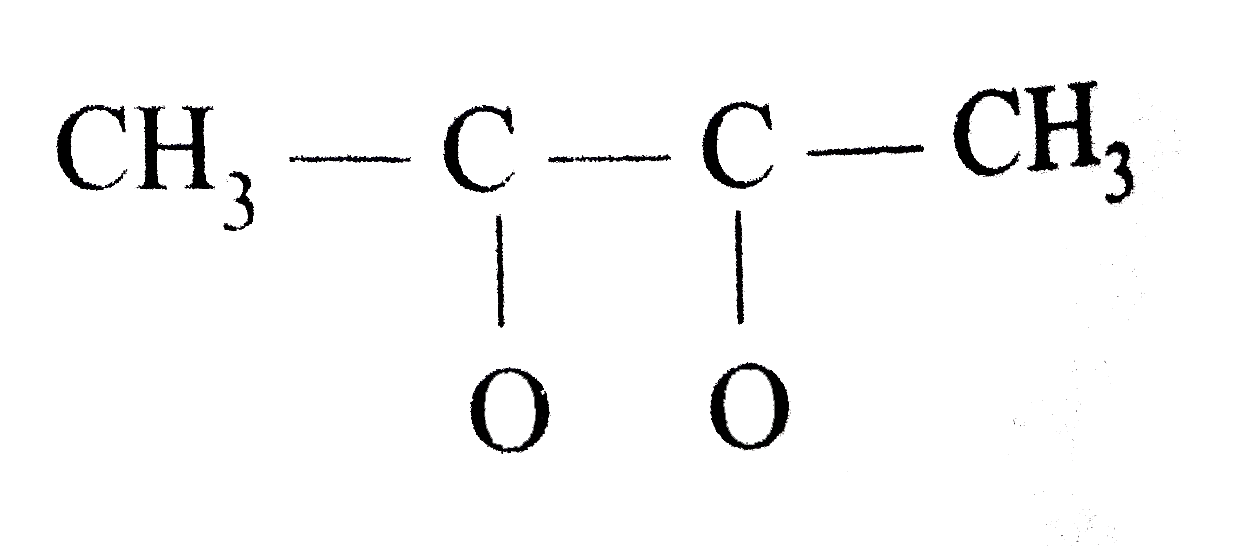PhCH2CH3(i)CrO2Cl2/CCl4−−−−−−−−−−−→(ii)H3O+PhCH2CHO
The above reaction is an example of which name reaction?
Rossenmund reduction
Birch reduction
Mendius reduction
Etard reduction
The correct Answer is:D
To determine the name of the reaction given in the question, we need to analyze the reactants and products involved in the transformation.
1. Identify the Reactants and Products:
- The starting compound is PhCH₂CH₃ (ethylbenzene).
- The product is PhCH₂CHO (benzaldehyde).
2. Understanding the Reaction Conditions:
- The reaction is carried out using CrO₂Cl₂ in CCl₄ followed by treatment with H₃O⁺ (hydronium ion).
- CrO₂Cl₂ is a strong oxidizing agent.
3. Recognizing the Type of Reaction:
- The reaction involves the oxidation of ethylbenzene (PhCH₂CH₃) to form an aldehyde (PhCH₂CHO).
- This transformation is characteristic of the Etard reaction, which specifically oxidizes alkyl groups on aromatic rings to form aldehydes.
4. Confirming the Reaction Type:
- The Etard reaction is named after the chemist who discovered it, and it is known for converting alkyl aromatic compounds into corresponding aromatic aldehydes using chromium-based oxidants.
5. Conclusion:
- Given that the reaction involves the oxidation of ethylbenzene to benzaldehyde using CrO₂Cl₂, we can conclude that the reaction is an example of the Etard reaction.
Final Answer:
The reaction is an example of the Etard reaction.
---
- The starting compound is PhCH₂CH₃ (ethylbenzene).
- The product is PhCH₂CHO (benzaldehyde).
- The reaction is carried out using CrO₂Cl₂ in CCl₄ followed by treatment with H₃O⁺ (hydronium ion).
- CrO₂Cl₂ is a strong oxidizing agent.
- The reaction involves the oxidation of ethylbenzene (PhCH₂CH₃) to form an aldehyde (PhCH₂CHO).
- This transformation is characteristic of the Etard reaction, which specifically oxidizes alkyl groups on aromatic rings to form aldehydes.
- The Etard reaction is named after the chemist who discovered it, and it is known for converting alkyl aromatic compounds into corresponding aromatic aldehydes using chromium-based oxidants.
- Given that the reaction involves the oxidation of ethylbenzene to benzaldehyde using CrO₂Cl₂, we can conclude that the reaction is an example of the Etard reaction.
The reaction is an example of the Etard reaction.
Topper's Solved these Questions
Similar Questions
Knowledge Check
CH3C≡CCH3(i)X−−−−−−−→(ii)H2O/Zn

X in the above reaction isAHNO30BO2CO3DKMnO4C6H5CH3CrO2Cl2−−−−−−→CS2AH2O−−→B
The functional group present in B and name of the reaction would beA–CHO, Gattermann aldehyde synthesisB–CHO, Etard reactionC–COCH3, Fridel Crafts reactionD–CHO, Oxo reactionPh−CH3CrO2Cl2−−−−→(A)conc.KOH−−−−−→Ph−CH2OH+(B)
Product (B) of above the reaction is :APh−CO2HBPh−CO−2CPh−CHODPh−CH3
X(i)O3−−−−−−−→(ii)Zn/H2OCH2CHO∣CH2CHO
View SolutionCH3CHO+NH2OH−H2O−−−→CH3CH=NOH
The reaction is carried at :
View SolutionPhCH2CH2CH3(i)CrO2Cl2/CCl4−−−−−−−−−−−−−−→(ii)h2O(A)
The product (A) is:
View SolutionCH3CH=CH2+PdCl2+H2OCuCl2−−−→CH3O∣∣CCH3+Pd+2HCl
The above reaction is an example of
View SolutionPhCH2CH2COOHAg2O−−→PhCH2CH2COOAgBr2−−→PhCH2CH2Br+CO2+AgBr
The reaction is known as Hunsdiecker reaction. Choose incorrect statement(s) regarding the Hunsdiecker reaction.
View Solution
